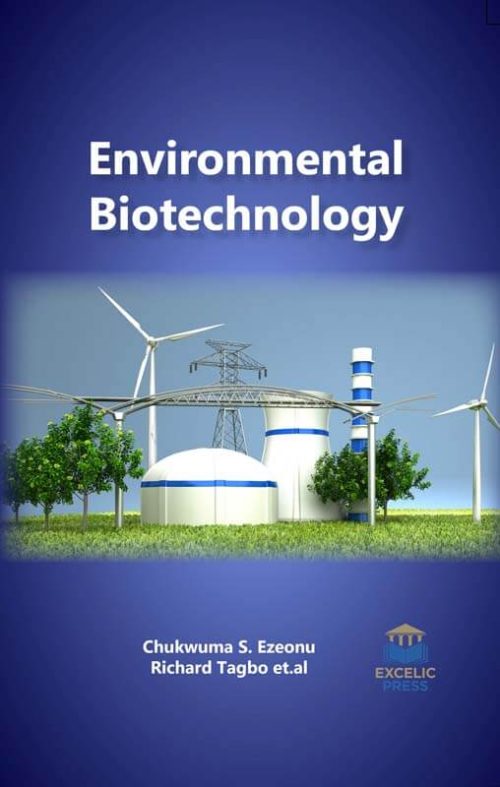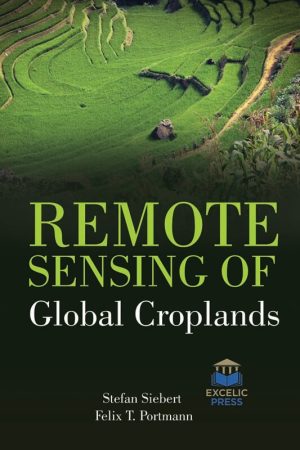Description
The environment is a very important component necessary for the existence of both man and other biotic organisms. The degree of sustainability of the physical environment is an index of the survival and well-being of the entire components in it. Biotechnological tools are those processes of bio-scientific interests that use the chemistry of living organisms through cell manipulation to develop new and alternative methods aimed at cleaner and more effective ways of producing traditional products and at the same time maintain the natural and aesthetic beauty of the environment. Biotechnology is the current trend in production processes across the world, as opposed to the conventional chemical synthesis of products. The reason is due to the fact that biotechnological methods are eco-friendly while the latter method adds pollutants and waste into our environment.
This book provides multidisciplinary information on the varied aspects of environmental biotechnology and outlines the processes and innovative techniques focusing on pollutants, degradation and resource recovery. The opening chapter of this book deals with biotechnological tools for environmental sustainability. Prospects and challenges for the environment are also dealt with. Further, it elaborates on the application of biotechnology for continuous cultivation of edible and medicinal mushrooms by submerged fermentation in agro-food industry which has a couple of effects by solving the ecological problems generated by the accumulation of plant wastes in agro-food industry through biological means to valorize them without pollutant effects as well as getting fungal biomass with high nutritive value which can be used to prepare functional food. It examines the “Omic” Technologies for microbial community analysis.
This book takes the reader through the study of biodegradation of cyanobacterial toxins; microbial degradation of petroleum hydrocarbon contaminants; safety evaluation of the coagulase-negative staphylococci microbiota of salami. It lays emphasis on current and future prospects of co-culture systems for the production of secondary metabolites. The role of biotechnology for protection of endangered medicinal plants is also emphasized. This book will serve students and practitioners dealing with biotechnology as part of environmental sciences, environmental management, or environmental biology. This intended scientific information will be of value to the students, scientists, researchers, and other stakeholders associated with the subject area.





